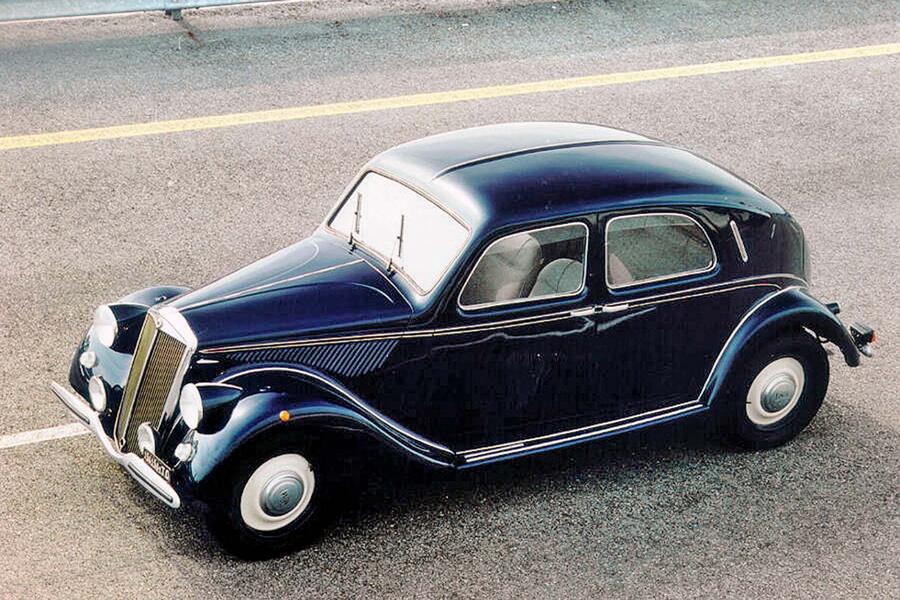The LEVC TX of modern London has a heritage stretching back to 1930, spanning over six generations of taxi.
In 1925, a new Tory government imposed tariffs on commercial vehicles to cover war costs. This made the expensive French Unic taxis unaffordable, leading Mann & Overton, a dealer, to ask Austin to create a new model.
Austin decided to reuse the chassis of their old “heavy” Twelve car. They kept the 27bhp four-cylinder engine but made adjustments to the gearbox and steering for a tighter turning radius.
Coachbuilders provided the bodies, usually landaulet style, which had extra height compared to other taxis. This earned them the nickname “high lot” and made them popular among top-hat wearers.
According to the 1906 Conditions of Fitness, one side of the taxi was open, which was unpleasant on wet and windy days. It had a squeezer horn and an external carburettor killer for security. The upright driving position offered excellent visibility, and combined with great maneuverability, it allowed the driver to confidently navigate seemingly impossible spaces.
The performance of the taxi was sufficient for city traffic, although attempting higher speeds, such as at Brooklands, proved to be “amusing.” The taxi’s weight of around 1420kg gave it a stable feel while driving, but the constant vibration from the metalwork countered the comfort of the leather-lined seating area.
It’s remarkable how little has changed in the past 86 years, yet also how much has.
Lancia’s Aprilia masterpiece

Lancia’s Augusta gained popularity in the UK in 1933, so there was anticipation for its successor, the Aprilia. This pillarless saloon achieved a new aerodynamic record with a coefficient of drag of 0.47Cd. Despite its humble 45bhp from the 1.4-litre V4 engine, it had a remarkably low weight of 890kg due to its unitary body construction (a concept developed by Lancia in 1922), resulting in brisk performance. The engine was so smooth and refined that it felt like a six-cylinder.
The Aprilia boasted fully independent suspension, a rarity at the time, providing exceptional riding comfort and a reassuringly safe handling experience. It was the final car designed by Vincenzo Lancia – truly a remarkable vehicle.
UK government fails to deliver on road-building promise

In 1935, with the effects of the 1931 European banking crisis fading and the number of cars in Britain reaching 2.5 million, the government decided to embark on a significant road-building plan. The Ministry of Transport announced a £100 million fund for this purpose.
However, by 1937, when an additional 500 vehicles were joining the traffic every day, there was very little noticeable progress. It was revealed that only £6.45 million had been spent in the first two years. We observed that the majority of funds were being allocated to national armament, which, in hindsight, turned out to be a good thing…




